What is “Stock Android”?

We all know that there are different versions of the Android operating system. From time to time, your mobile phone will even request that you upgrade your Android OS to a newer version so that you can have the latest features available for your smartphone.
However, most Android users don’t know that they can also choose different Android “flavors” to run on their devices. You see, since Android is an open-source OS, various third parties can modify it to their liking. This is where stock Android, Android Go, and Android One come into play.
In case you aren’t familiar with these terms, this article will help you learn more about them.
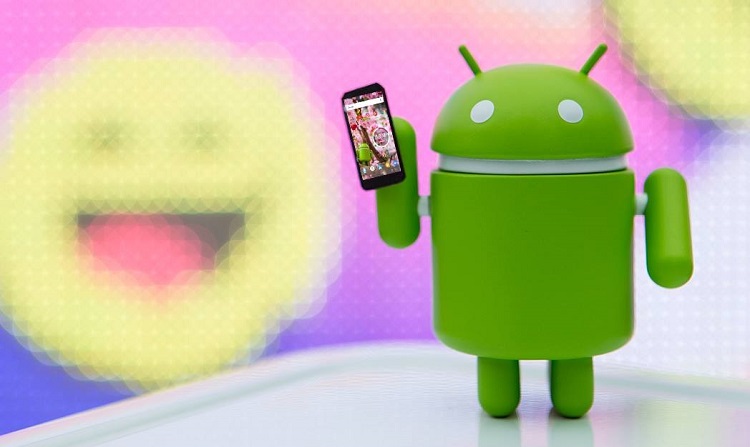
Different Android Flavors
Google has published their code for anyone to develop their own version of the Android operating system. That’s the gist of an open-source operating system, or any open-source software for that matter.
So, what are these “flavors” as we call them? In essence, these types of Android OS simply have different skins as in different user interfaces. Also, some of them have additional features that aren’t found in other versions, which is why you should know a thing or two about each one of them.
Let’s start with the stock Android.
Understanding Stock Android
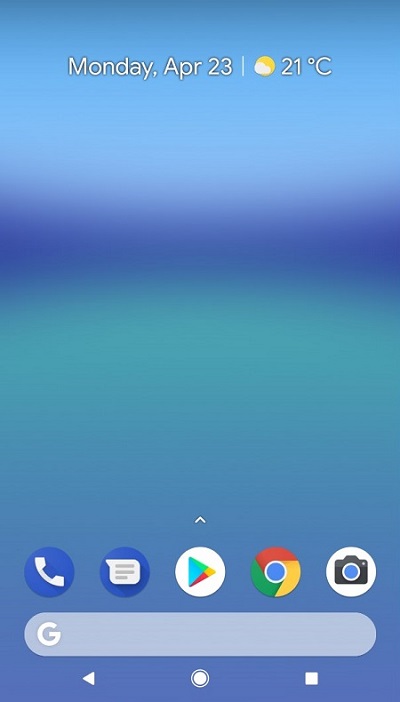
Stock Android is the first type that we will be explaining today. Stock means exactly what it means in everything else, which is original or unmodified. If you have a stock car, it means the exact car that came out of the factory – you haven’t modified it in any appreciable way. NASCAR, for example, uses heavily modified versions of stock cars.
This type of Android has one serious advantage over all others, and that would be fast updates.
Smartphones that are running stock Android usually get upgraded to the latest version of the Android OS first. Other mobile phones that run modified Android, such as Samsung or Verizon for example, have to wait for a certain amount of time before they can upgrade their system.
That’s just the way it is. If you think about it, it should be pretty. After Google releases a new update to the stock Android, other companies or third parties will have to update their versions of Android based on what Google has done.
In addition, stock Android doesn’t make you install a range of apps like your carrier or phone manufacturer, which only eats up storage space.
Google’s most popular stock Android mobile phones include Pixel, Pixel 2, Pixel 3, and Nexus devices. If you have other devices, it’s possible for you to get something like a stock Android experience. That’s beyond the scope of this article, but we’ll cover some of it.
Understanding Android Go
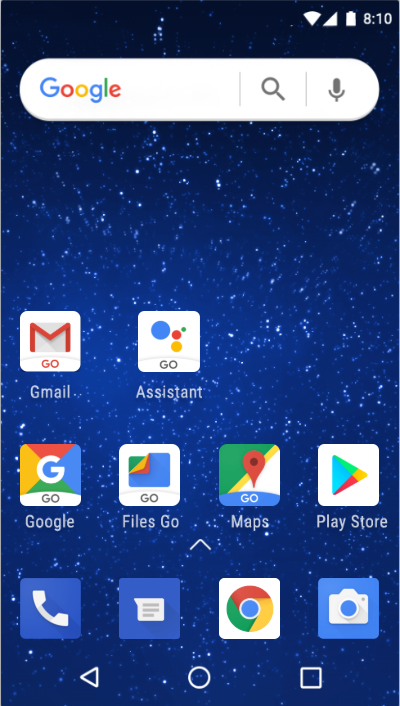
In case you haven’t heard of Android Go, maybe you are more familiar with its alias Android Oreo.
This type of Android is specifically designed for entry-level smartphones. By “entry-level” we mean older smartphones that aren’t quite as powerful as their successors.
So, the operating system is based on the Android Oreo but optimized to run on mobile phones that have 512MB to 1GB of RAM.
That alone makes Android Go an excellent choice for smartphones that are low in storage. Aside from that, this type of Android is known for opening apps faster than the other types.
Android Go comes with nine preinstalled apps, which include the following:
- Files Go
- Chrome
- Google Play Store
- Gmail Go
- Google Maps Go
- YouTube Go
- Google Assistant Go
- Google Go
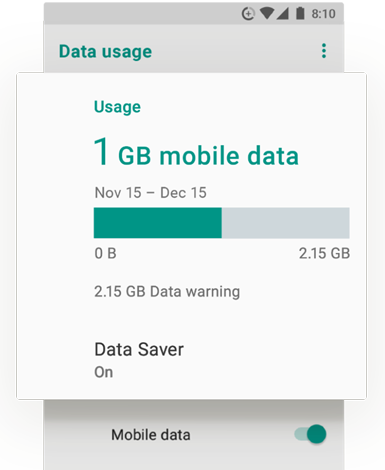
These apps are so modified to use minimum resources while still performing their usual functions.
Although these apps run faster and take up less memory, they don’t have all of the features built into the full versions. The main structure and user interface are still there.
Some of the smartphones that run this type of Android include Nokia 1 and Alcatel 1X.
Understanding Android One
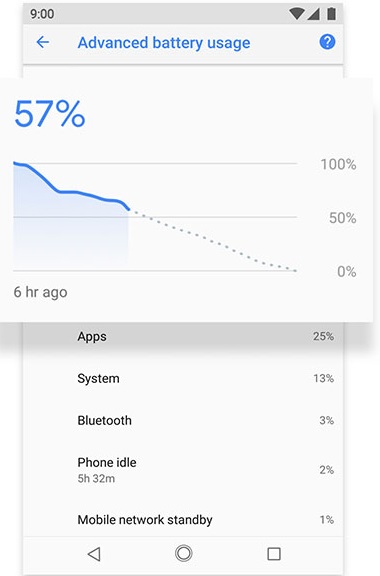
Android One is essentially stock Android, offering you the purest version of the Android OS.
In the beginning, Android One was specifically made for low-end smartphones. Over the years, this Android OS has evolved and now it even covers some of the mid-range devices.
Android One doesn’t come with any preinstalled apps, skins, additional services, or duplicate apps that manufacturers usually put on their cells phones before they’re sold.
Some of the smartphones that run Android One include but are not limited to HTC U11 Life, Nokia 6.1, and Nokia 7 Plus.
Pick Your Flavor
Now that you are familiar with these types of customizable Android, you can choose the one that suits you best. Each one of them comes with different features and capabilities for different mobile phones.
















